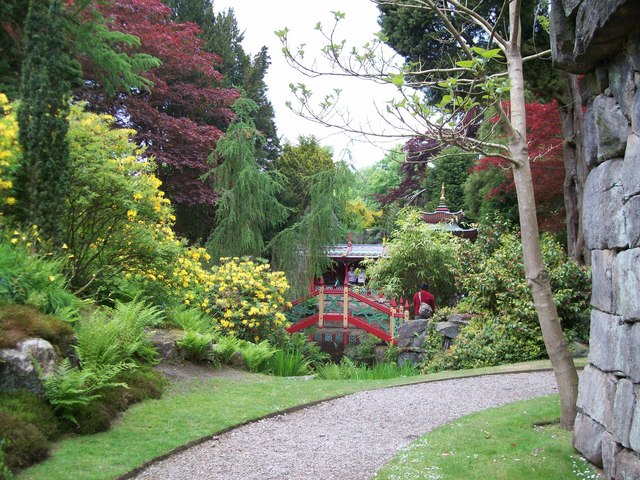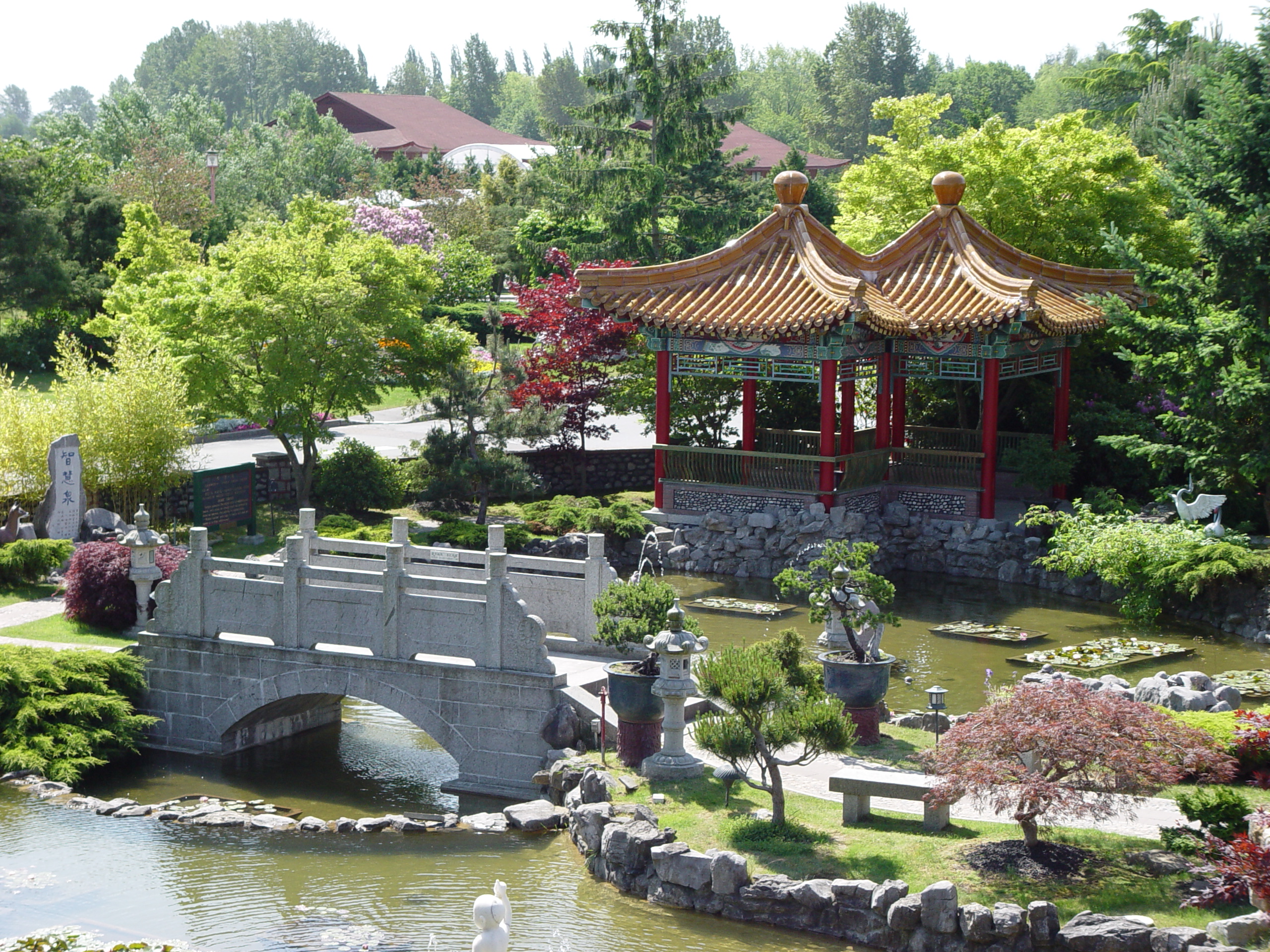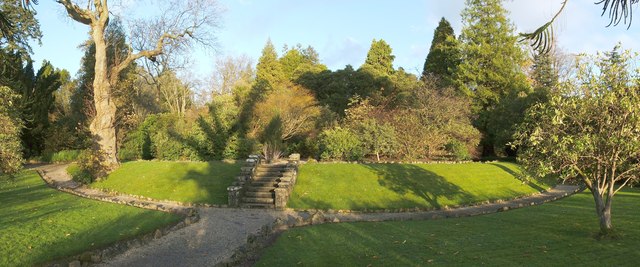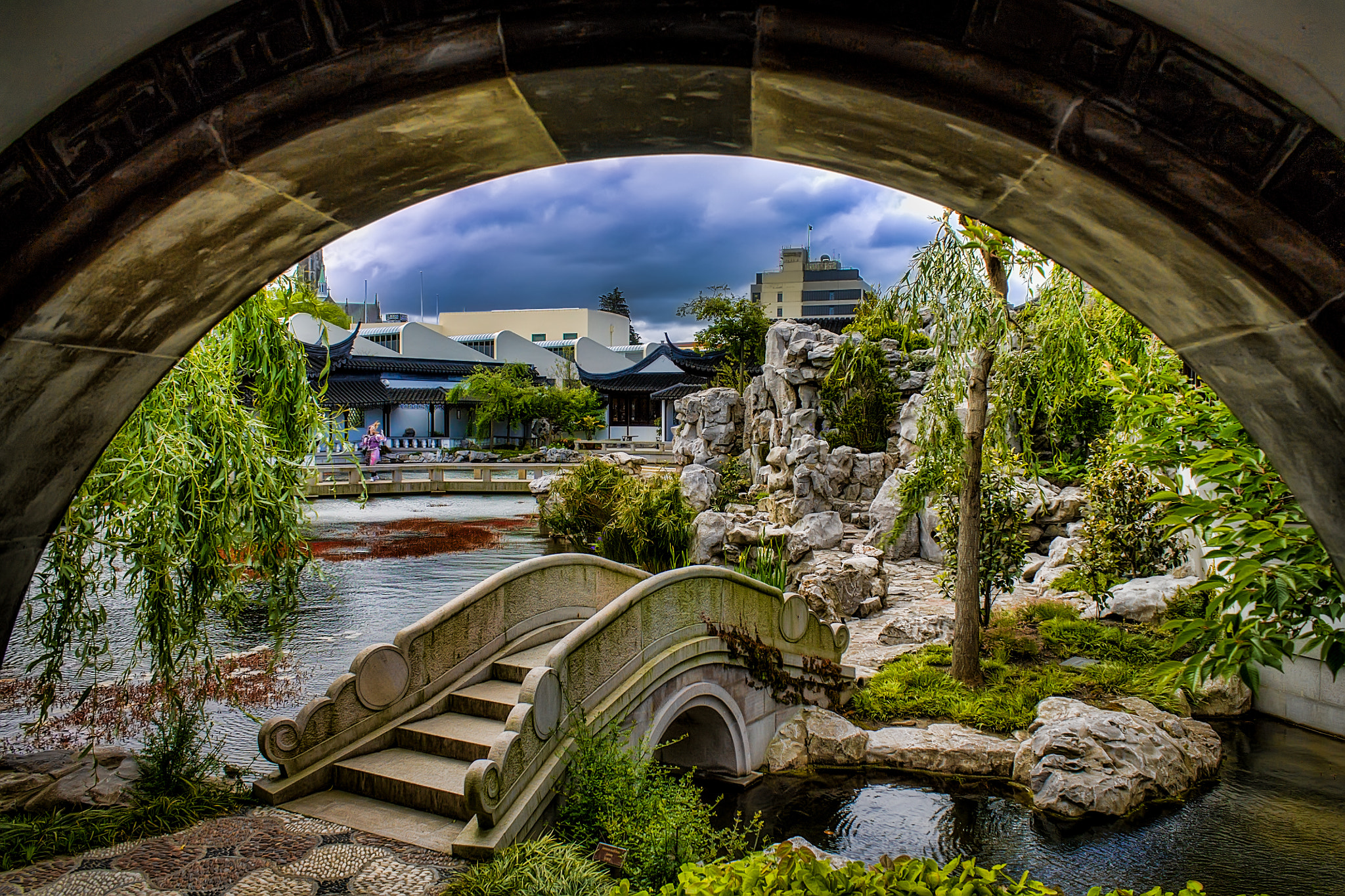Summary
– Chinese garden: principle
– Chinese garden: history, codes, and practices
– Chinese garden: symbolism
– Examples of Chinese gardens
– Landscaping professionals in Suffolk County
The Chinese garden is a miniaturized reproduction of the perfect nature where mountains and water are fundamental elements. It is as much symbolic as it is aesthetic. Let’s discover together its history, its main aspects, and some of its most beautiful representations.
Chinese garden: principle
The Chinese garden is a natural space that mixes different landscapes in respect of the conditions of adaptation to the current environment of all the plants which compose it. Each element is a symbol because it is chosen according to its meaning. This is why the Chinese garden finds its roots as much in philosophy as in literature and history.
It is, in a way, the representation of a perfect world. In the absolute, it must integrate into miniature all the constituents of the Universe, and it is this type of arrangement that gives it its magical aspect, bordering on the unreal. A proper place of meditation and contemplation, this earthly paradise brings pleasure and peace.
Elusive in a single glance, the Chinese garden can be likened to a spectacle that gradually reveals itself. It is punctuated by the natural components that structure it, such as plants, minerals, and water. It is a painting, a source of visual sensations where nature is staged in perfect balance.
Attention: the realization of a Chinese garden cannot be improvised. It requires an excellent knowledge of the symbolic so that each of the codes is represented. A Chinese garden combines the vital breath of nature and that of creation. The creative gardener is in perfect osmosis with this miniature Universe.
Chinese garden: history, codes, and practices

The Chinese garden is more than 2,000 years old. It was first reserved for the imperial sphere. Under the Han dynasty, this space, symbol of earthly paradise, took its original form. At the time, it was designed with the simple aim of allowing its occupants to relax and hunt. There was no question of aesthetics at that time.
In the tradition, it is located in an area allowing a man to reach immortality, at the borders of islands, sea, and mountains.
Over the centuries, many Chinese gardens were created. The largest of them, symbolizing their owners’ wealth acquired by serving the Emperor, began to open to the public. They are then the pure evocation of social ascension.
The Chinese garden then integrates the monastic world. The religious temples located far from the cities are enriched by this ideal place of meditation, which can be enjoyed by Buddhist and Taoist monks. The Taoist influences brought to the Chinese garden the artistic part that we know today.
Note: the private Chinese garden, which is usually reserved for the intimate sphere of the family, is an integral part of the living space. It is a real compliment to the home and allows everyone to rest or walk around.
Chinese garden: symbolism

Each element of a Chinese garden plays a highly symbolic role.
The plants
There are countless examples of symbolic plants in a Chinese garden. Among them are magnolia (wealth), lotus (purity), pine (longevity and wisdom), plum and peony (respectively nobility and power), and bamboo (ethics and sobriety). In addition to their symbolic value, flowering plants bring a touch of color and great aesthetic value.
The animals
In the Chinese garden, the animals are also symbolic – for example, the carp (perseverance), the turtle (endurance and longevity), or the dragon. The latter is attributed to two strong symbolic powers depending on whether it is immobile (the Emperor) or dancing. In the latter case, the dragon symbolizes the fundamental principle of the vital breath in the sense of “the one who animates life,” that is to say, the chi (or qi), which has no equivalent in the Western world. Moreover, this term’s translation remains complex, all the more so since chi’s notion is expansive. It is a fundamental principle that gives form to beings and the entire Universe.
The stones
The stone is the yang. It represents the skeleton and brings the mineral element to the Chinese garden. Yellow, white, gray, can be placed in a Chinese garden isolated, carved or not, or in a group and represent hills in miniature.
Water
Water is the yin. It is the very representation of life! It allows to visually modify the perception of dimensions thanks to its mirror effect on an aesthetic level. In other areas of the Chinese garden, water becomes cascade and movement. Like a river, it can also meander between the different elements, symbolizing the Earth’s beating. Water encourages contemplation. It is inseparable from the mineral element with which it forms a perfect harmony.
Architectural elements
The Chinese garden is punctuated by architectural elements such as a gallery, boat, kiosk, arch, bridge, or pagoda. Each of them allows the creation of independent spaces and constitutes a point of view for the contemplator.
Important: the Chinese garden is an architectural space that idealizes nature in its entirety.
Examples of Chinese gardens

In history, fires of all origins have destroyed many Chinese gardens, of which nothing remains. On the other hand, their existence is widely discussed in Chinese literature.
Fortunately, there are still many Chinese gardens, some of which are famous worldwide, whether they are imperial gardens, private gardens, or temple gardens.
The imperial garden
It is a Chinese garden of the Summer Palace, located in Chengde, Hebei province.
The private Chinese garden
It is the garden of simplicity located in Zhuo Zheng Yuan in Suzhou, in Jiangsu’s province.
The temple garden
It is a garden that gives an impression that your soul can retreat in Hangzhou, the capital of Zhejiang province.
Note: The classical gardens of Suzhou are classified as UNESCO Cultural Heritage. They are true masterpieces of the period between the 11th and 19th centuries.
Are you looking for landscaping professionals in Suffolk County?
LIBARDI ISLAND LANDSCAPING CORP. is the name to remember if you are looking for Mason Contractor, Driveways and Walkways, Patios and Poolscapes, Retaining Walls, Landscape And Hardscape Design.
You can read more here:
- The Role of Garden Path in Landscaping
- How to Make a Garden Plan
- 5 Essential Steps to Decorate Your Patio



